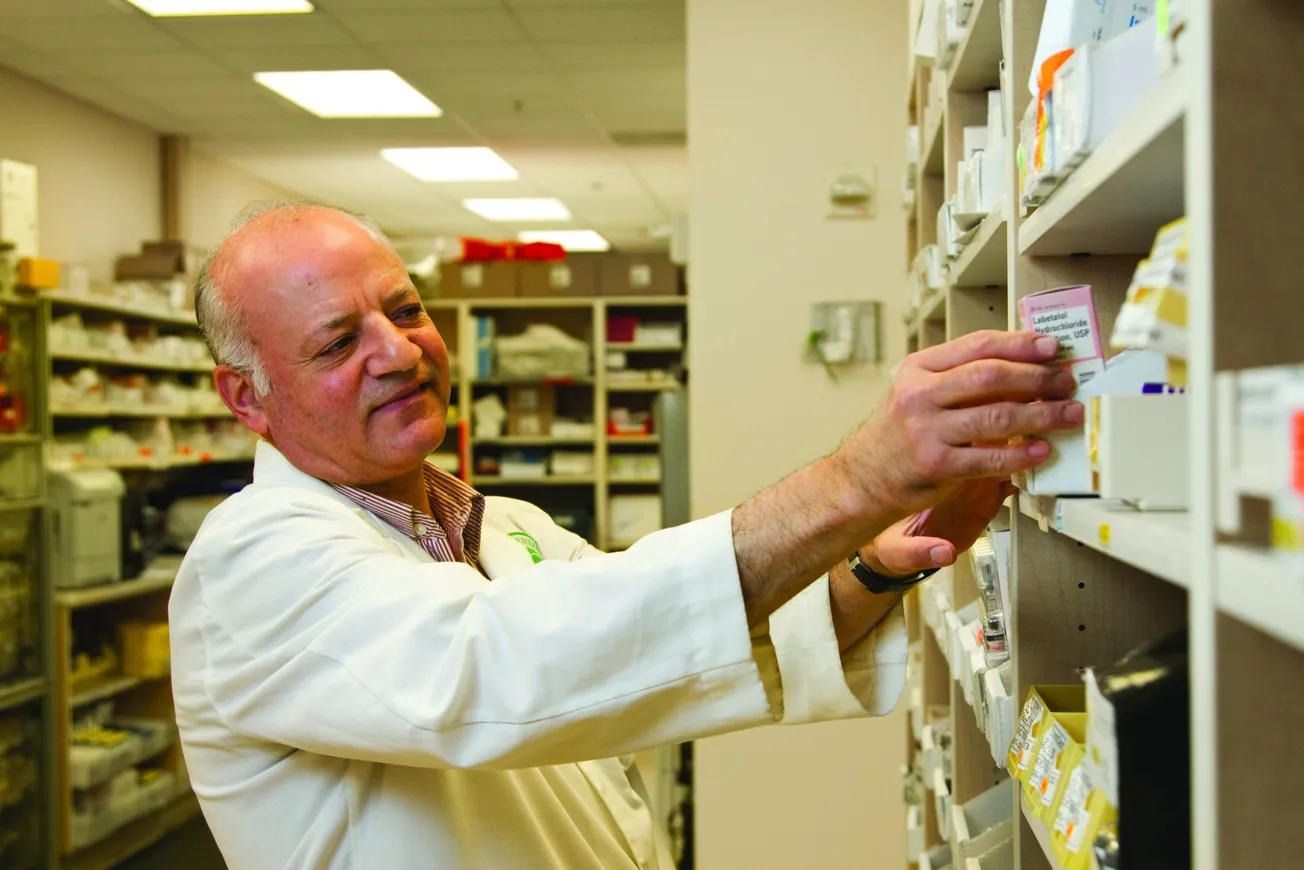By David Pinto
The sudden, unexpected demise of Walmart Health marks the end of one phase of the retailer’s drive to enhance access to care, improve patient outcomes and lower costs, and the beginning of a more pharmacy-centric approach to achieving many of the same objectives. Always viewed as an exploratory venture, the 51 clinics and complementary virtual care assets under the Walmart Health umbrella ran up against the harsh realities of the marketplace, with a combination of skimpy reimbursements and a growing shortage of doctors, nurses and other professionals rendering the initiative “unsustainable at this time,” according to a blog posted on the company’s website at the end of April.

The closures no doubt come as a blow to many patients in the communities in Georgia (where the first Walmart Health center opened, in the town of Dallas, five years ago), Arkansas, Florida, Illinois and Texas. Located within Walmart Supercenters, the state-of-the-art facilities offered a comprehensive array of services, including primary care, X-rays, lab tests, dentistry and mental health counseling. Pharmacy, self-care and optical departments were located nearby. The frequency with which consumers visit Walmart and the trust they have in the retailer’s commitment to its stated mission of helping people save money and live better, made the health centers a logical extension of the supercenter format.
Unfortunately, Walmart Health’s compelling vision was derailed by the Byzantine nature of the nation’s health care system. From the outset, strong reviews about the extent and quality of services on offer were accompanied by questions about whether the centers could be operated profitably. Doubts have only intensified since 2019, with insurers continuing to exert downward pressure on payments, even as costs accelerated.
The fact that Walmart, known for its unmatched scale, operational efficiency and technological sophistication, couldn’t make the health centers work financially is a red flag for those who aspire to reshape the health care system. Other examples that illustrate the difficulty of cracking the code are easy to find. Walgreens Boots Alliance recently scaled back plans for VillageMD — after previously shuttering 140 of the physician-staffed clinics, management said that it will close 20 additional units. And the high-profile partnership intended to reinvent health care between Amazon, Berkshire Hathaway and JPMorgan Chase ended in 2021 after just three years.
The closure of Walmart Health shouldn’t, however, be viewed as a failure. As the company pointed out in the blog post, lessons learned over the past five years will be applied to its ongoing health care business, which includes some 4,600 pharmacies and more than 3,000 Vision Centers: “We will continue to innovate as we grow our core businesses and launch even more services like the Walmart Healthcare Research Institute and health programs to join our fresh food and O-T-C offerings in helping our customers live better.”
Pharmacy will be the cornerstone of those efforts, with work well under way to unlock the profession’s full potential. Walmart is already taking full advantage of changes in regulations governing pharmacy practice to make care more accessible and affordable. Senior vice president of pharmacy Kevin Host cited one example. “There’s a lot of clinical training that pharmacists receive in pharmacy school, and their ability to assess for disease states and provide treatments is unquestionable,” he said in an interview prior to the announcement about Walmart Health. “Think about things like flu, with the technologies that exist today and with the training that pharmacists have, it’s very easy and now available in some states where pharmacists can actually do the clinical assessment. They can perform diagnostic testing and they can prescribe the therapies that are necessary for flu treatments.”
In addition to establishing testing and treatment protocols for flu and other common conditions like strep, Walmart has opened some 100 Specialty Pharmacies of the Community that focus on such conditions as HIV/AIDS, helping fill gaps in care.
Building on that foundation, Walmart should be able to establish its pharmacies as true neighborhood health care centers and thereby facilitate the shift of many interventions to the lowest-cost point of care. In doing so, the company will help move the needle by bringing about a system that consistently delivers quality care at a reasonable cost.








